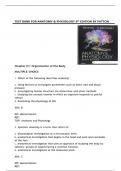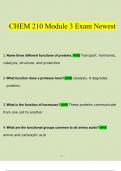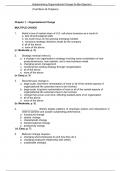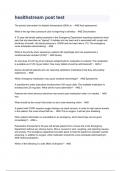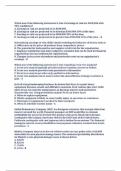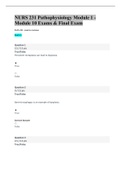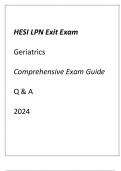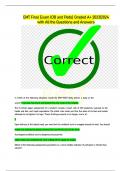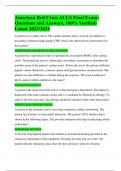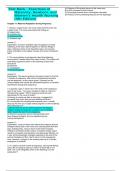Exam (elaborations)
TEST BANK FOR Anatomy and Physiology 9th Edition by Patton , ISBN: 9780323341394 || Guide A+
TEST BANK FOR ANATOMY AND PHYSIOLOGY 9TH EDITION BY PATTON ALL CHAPTERS | COMPLETE SOLUTION |A+ GRADED.TEST BANK FOR ANATOMY AND PHYSIOLOGY 9TH EDITION BY PATTON ALL CHAPTERS | COMPLETE SOLUTION |A+ GRADED.TEST BANK FOR ANATOMY AND PHYSIOLOGY 9TH EDITION BY PATTON ALL CHAPTERS | COMPLETE SOLUTION |...
[Show more]
